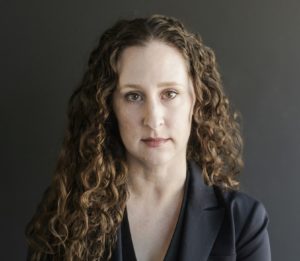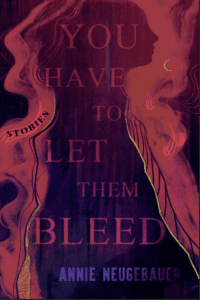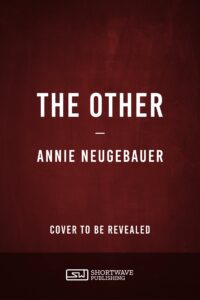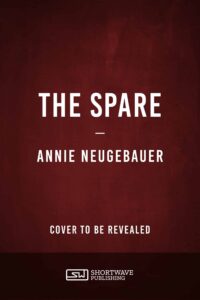Originally posted on May 6, 2011 at 9:10 AM
Today’s guest post courtesy of J. Paul Holcomb, “The Poet from Double Oak.”
I wrote my first poem in high school, but I had no idea what I was doing. I was a first-year journalism student in my junior year, and our journalism teacher was teaching us how to write editorials. We had an assignment to write our first editorial, and I had a brainstorm. I would write mine in verse. I had never written a poem, but figured I would do a rhyming editorial and it would be brilliant. Robert W. Service was my poetic hero in those years so I figured I would try to write my editorial in imitation of the Service style. His poems seemed so natural that it would be a snap.
Well, it wasn’t and when I read the results of my effort, I considered the poem to be unbelievably bad. But luck was with me. The homework was due the next day, on a Tuesday and it was Student Council day. I was a member of the Student Council and it met during my journalism class. It often lasted most of the period, and if it didn’t that day I could walk through the halls slowly, stop at every restroom on the way, then drop into my journalism class just before the bell rang and place the editorial on my teacher’s desk. I would have my assignment turned in on time and would have no fear of suffering the embarrassment of having it read in front of the class.
It never occurred to me that my teacher would like the poem, but that’s what happened. The school paper was handled by second-year journalism students, and no first year efforts were included in the paper unless they were considered outstanding. To my horror, my teacher liked my poem so well that it ended up in the paper the next week. I refused to read my editorial once the paper came out and luckily none of my friends commented on it, at least not to me. Once I did look at it on the printed page, I decided it wasn’t as bad as I thought, but the poem made it into none of my high school scrapbooks.
I didn’t write another poem until I was a senior in college, and my next poems were almost as unlikely as the first. I was a Math major and wanted to minor in Business since I was interested in Statistics and the Business Department offered the only Statistics course at my small Liberal Arts college. I decided, however, on that minor too late to complete the minor without either going to summer school or taking more than four years to complete my degree. Not too academically oriented, I chose to get special permission to take the Statistics course without the Business prerequisites since I was a Math major. That plan worked well, but I still needed a minor. Since I already had twelve hours in English, I decided on an English minor.
I ended up loving my minor and during my last semester before graduating, I took a Creative Writing course. I had developed an interest in poetry and thought this would be a good opportunity to find out more about the craft. I loved the course, but the poetry portion of the course held surprises I wasn’t expecting. I expected to find out techniques for writing good free verse, but I didn’t expect to find out anything about poetic forms. After all, it was free verse that was relevant, wasn’t it?
I was delighted to learn of sonnets. My literature profs talked of sonnets, but none ever described the requirements for sonnets. One of my Creative Writing texts showed me those requirements, as well as the definitions and requirements of all forms within my awareness as well as fixed forms beyond my awareness. I was fascinated. I took the definitions and descriptions of the forms and began to try to find examples of the forms in use. Since I was also taking a course in Romantic Literature I took my text and explored the forms used by Byron, Keats, Shelley and Wordsworth. How fortunate that was since on my Romantics final I was asked to compare the versification of Byron and Shelley. I just played back the results of my search for examples. That’s probably the one time in my under-grad experience that I blew away my prof with an answer on a finals question.
Now that I knew what a sonnet was, my goal was to write a publishable sonnet. I figured if I could get a sonnet into print I would have arrived as a poet. When the school literary magazine put out its call for submissions, I submitted a couple of free verse efforts, my first sonnet, and a poem that I considered a ditty not worthy of the magazine but a poem my prof seemed to like.
When the magazine came out, I was pleased to find that one of the free verse poems was printed and won an honorable-mention prize. The sonnet also made the book, but it wasn’t a prize winner. To my surprise, my ditty was published as the book’s second-place winner. I obviously was not skilled at recognizing poetic quality.
I go into all this because Annie asked me to talk about the importance of form poetry. Through the years I have come to understand why forms appeal to me. I believe it has to do with my left brain. For me I think I work with my right brain when I am working with free verse and with the left when I am working the rigors of forms. Put another way, I spent my working career as a software engineer. I believe the forms speak to the engineering side of my brain, the math major lobe.
All I know for sure is that when I create a form poem, the satisfaction is different from the satisfaction of creating a free verse poem.
On a more practical level, knowledge of the forms gives the poet a fuller tool box from which to create one’s work. I don’t think in rhyme. I don’t think in meter. When I am creating a poem though and working from some sort of inspiration, I often experience occasions when I realize this inspiration calls for a villanelle, perhaps, or maybe a sonnet. Sometimes I will see something as a triolet or a minute. These instances seem always to lead to a poem that ends up being published, poems that would have never been on the printed page had I not been aware of the forms. You can sometimes change the line breaks on a sonnet and end up with an attractive, publishable poem, and when that happens with me I end up with the same “aha” experience that results when I publish a form poem.
I believe a poet limits himself/herself when he/she has no awareness of our rich heritage of poetic forms. I also believe to write only form poems is self-limiting. Writing poetry has added unexpected satisfaction to my life. As C.S. Lewis would say, I have been “Surprised by Joy.” The joy would have been diminished immeasurably had I limited myself to either free verse or fixed forms.
* * *
From the get-go, Paul’s knowledge, generous spirit, and fantastic sense of humor (and balance) have made him a mentor of mine. Paul first introduced me to experimenting with traditional poetic forms, for which I am inexpressibly grateful. He is always there to share my triumphs, give me advice, and teach me new things about what it means to be a poet. He has undoubtedly impacted my poetry career for the better.
Paul’s prize-winning poems have been published in numerous journals and anthologies. His first book of poems, Love, or Something Like it, was a prize winner of the Lucidity Chapbook Book Award from Bear House Publishing in 1997. His most recent book of poems, Looking for Love in the Telecom Corridor, won The Edwin M. Eakin Memorial Book Publication Award and was published by Eakin Press. Paul is a past president of the Poetry Society of Texas, and winner of PST’s Hilton Ross Greer Outstanding Service Award. He has also been an officer for the National Federation of State Poetry Societies and is a past president of Fort Worth Poetry Society. For years Paul wrote a column on poetry, “Discussing Poetic Forms with the Poet from Double Oak,” first for Fort Worth Poet, and then for DFW Poetry Review. His columns also appeared regularly in Poet’s Forum Magazine. Paul also taught writing for years to students in the Dallas Independent School District for the Writer’s Garret “Writers in the Schools” (WITS) program. Recently Paul served as a Community Voice for the Dallas Morning News. A retired software engineer, Paul lives with his wife, Sue Ann, (plus three dogs and two cats) in Double Oak, Texas.
Share this:




